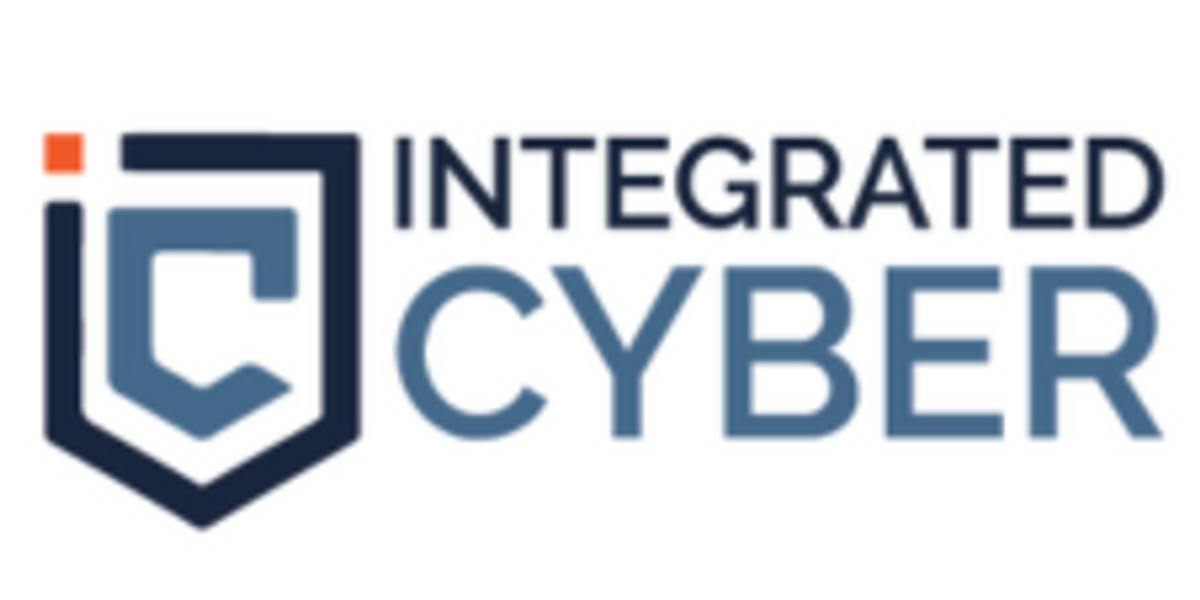Integrated Cyber
Addresses the Top Ten Cybersecurity Threats Facing Businesses
1
Ransomware
Global ransomware attacks have reached epidemic proportions, with cybercriminals employing increasingly sophisticated methods to infiltrate and encrypt sensitive systems and data. By 2031, ransomware is expected to cost its victims as much as $265 billion, according to research firm Cybersecurity Ventures.
2
Social Engineering
Based on findings from IT security firm Trend Micro, over 75 percent of cyberattacks start with an email and 85 percent of all data breaches involve human interaction. It has always been far easier to manipulate a human being than it is to target a software vulnerability. This will continue to remain the case for the foreseeable future, particularly given the sharp increase in cryptocurrency-related attacks.
3
Third-Party Exposure
As the world continues to shift towards interconnected digital ecosystems, supply chain attacks will become increasingly prevalent. The perfect example of this in practice, the result of compromised credentials and an outdated VPN, was the Colonial Pipeline breach in May 2021. The Colonial Pipeline is one of the most vital pipelines in the US, and was a victim of a ransomware attack that shut down the pipeline’s digital systems, and ultimately affected the supply chain on the East Coast.
4
Insufficient Cyber Hygiene
A little mindfulness goes a long way in protecting a business’s systems and data. Unfortunately, cyber hygiene is one area where many businesses fail entirely. Over half of IT professionals don’t mandate two-factor authentication and most organizations rely on human memory for password management.
5
Cloud Vulnerabilities
Cloud software has become increasingly essential of late. Unfortunately, this has served to amplify its security risks even further. The past five years have seen a 150-percent increase in cloud vulnerabilities according to a 2021 IBM report, while a Data Breach Investigations Report stated over 90 percent of data breaches in 2021 were the result of compromised web apps.
6
The Internet of Things
IoT devices are now ubiquitous in both our personal and professional lives. Unfortunately, they’re also a cybersecurity nightmare. Even though the market has been around for years, the majority of smart devices are still hampered by outdated software, poor encryption and an overall lack of built-in security.
7
Configuration Mistakes
It’s not always a phishing email or targeted attack that causes a breach. Often, cybersecurity incidents are the result of human error. According to a survey by Ponemon Institute, more than half of IT experts don’t even know if the cyber security tools they’ve installed
actually work.
8
Improper Mobile Device Management
Mobile devices are a long-standing bugbear for security professionals due to a constant stream of device and application vulnerabilities. To make matters worse, threat actors have recently begun targeting mobile device management systems, potentially giving them control over a company’s entire device fleet.
9
Poor Data Management
Without a clear idea of where its data is and how that data is used, it’s almost impossible to identify a breach in a timely fashion. Fortunately, this is one risk category where businesses seem to be on top of things. Experts have predicted that this year will see businesses place increased emphasis on storing only the data they need.
10
Inadequate Cyber Forensics
What a business does after being attacked is just as important as how it protects itself. Yet many businesses don’t bother with proper post-breach forensics, leaving them open to a repeat attack. In 2021, a survey by Cybereason found 80 percent of victims who paid to remove ransomware experienced a second attack shortly afterwards.
The Case for
Human Factor
If there is one thing cyber security breaches in recent history has taught businesses is that
human error could be the weakest link in any cybersecurity plan.
Many companies focus extensively on the technical aspects of cybersecurity, creating a digital fortress to guard their systems and assets.
That’s all
well and good until someone leaves the door open.
Everyone, from interns to experienced professionals, makes mistakes. Those mistakes are exactly what threat actors are counting on to gain access. The
number one source of cyber risk isn’t advanced, persistent threat groups or sophisticated malware yet. It’s human beings making human mistakes.
The most important thing is to understand what’s happening not just from a technical perspective, but from a human perspective.
As highly experienced security professionals, the Integrated Cyber team recognizes the risk of human error and has addressed this vulnerability in its integrated suite of solutions for SMBs.
Image and article originally from investingnews.com. Read the original article here.

